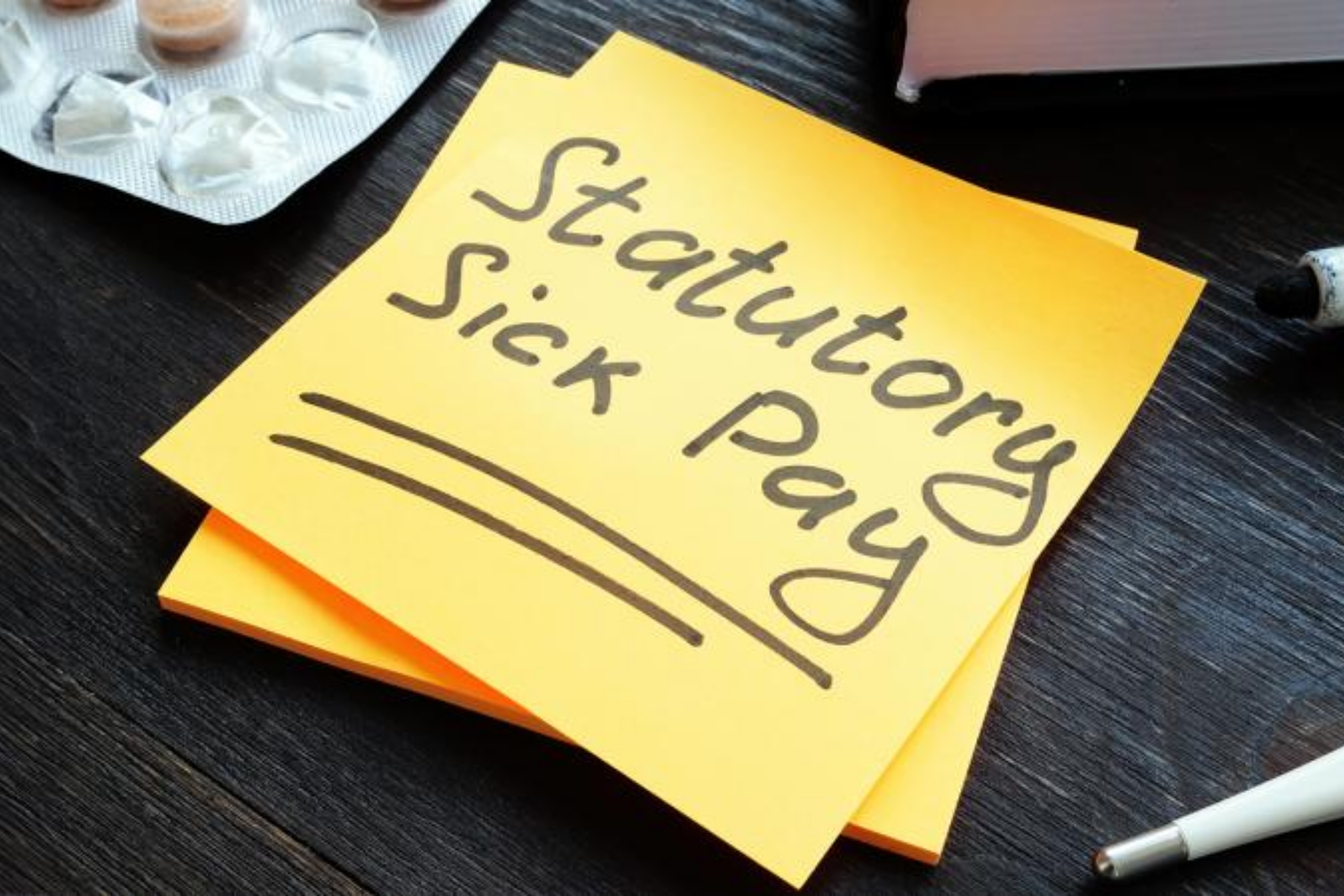International Women’s Day

Today is International Women’s Day
Wednesday 8th March
International Women’s Day (IWD) is an annual event to celebrate women’s achievements across the globe and raise awareness of the many challenges facing women daily. This year it falls on Wednesday 8th March 2023, during which individuals and organisations alike are urged to take action for gender equality.
Each year has a new theme, with this year’s being #EmbraceEquity. The organisation behind IWD has placed specific focus on the difference between equity and equality, highlighting that equality is the goal and equity is the way to achieve it.
Achieving equality through equity
The IWD 2023 #EmbraceEquity campaign theme seeks to get the world talking about why “equal opportunities are no longer enough” — and can in fact be exclusionary, rather than inclusive.
Equality is when all individuals or groups are given the same resources or opportunities. For example, all people are given the same size and specification of bike to ride in a cycle race.
Equity recognises that each person has different circumstances, and allocates the exact resources and opportunities needed to reach an equal outcome. For example, people are given a bike relative to their height and abilities. So, a child would be given a smaller bike than an adult. Or, a disabled person would be given a modified bike, to enable them to participate in the race.
In the workplace, employers should consider whether providing the same resources to all employees facilitates genuine equality, or whether tailored approaches should be taken for each individual to ensure the barriers they face are removed. Doing so will allow them to contribute and succeed on an even playing field.
Women in the workplace: where are we now?
According to the latest FTSE Women Leaders Review, almost half of all FTSE 100 companies now have 39% of women at the boardroom table, up from 36.2% on the previous year. But the same report also confirmed that only 18 FTSE 350 companies have female CEOs, dropping to eight when it comes to women leading FTSE 100 companies as CEO. To add to this, recent McKinsey & Company data confirmed that for every woman at director level who gets promoted, two female directors are choosing to leave their organisations.
Over two thirds of women aged under 30 want to be senior leaders and are more likely to leave the organisation they work for if there isn’t the option of promotional opportunities. Similarly, women are more likely to look for opportunities in companies which are more committed to equality, diversity and inclusion (EDI).
As such, there is still considerable work to be done to ensure true equality, and businesses are under more pressure than ever to facilitate this.
What barriers do women continue to face?
Past research found 900,000 women left their jobs in the UK due to menopause — yet the Government recently rejected the Women and Equalities Committee’s recommendations to make menopause a standalone protected characteristic, trial menopause leave and publish model menopause policies.
Wider women’s health issues (affecting females and those assigned female at birth) such as endometriosis, fertility problems, period pains and miscarriage, are often seen as “taboo” and met with resistance from employers about their scope and significance.
Unconscious biases, eg that women aren’t strong, resilient or focused enough to fulfil key and senior roles, continue to pose problems and hinder progression. As do wrongful assumptions that women are in more junior positions.
Similarly, the soaring cost of childcare is a huge blocker to women’s access to work and encouraging the negotiation of wages, eg by not placing the salary rate on job adverts and asking about salary history as part of the recruitment process, can create gender pay gaps.
Gender pay gap reporting is a mandatory requirement for all companies with 250+ employees, but the Government plan to change this to organisations with 500+ employees, thus taking more out of scope. In an environment where it is already frowned upon for women to ask for higher wages, or to partake in robust negotiations, it’s argued that it is not the time to reduce initiatives which encourage pay parity.
What can organisations do to support women in the workplace?
There are several measures employers can take to better support women in the workplace. Organisations should collaborate with their teams to understand what would provide the most benefit to them, but common measures may include offering flexible working arrangements such as part-time working, job sharing, flexi hours and hybrid/homeworking.
Effective family friendly support for male employees has been linked to improved working conditions and job opportunities for female equivalents, who are often overlooked for promotions due to taking time off for familial responsibilities. As such, employers may want to consider enhancing paternity and parental leave entitlements and encouraging shared parental leave. Additionally, supporting males with flexible working arrangements can enable them to share the responsibility for school pick-ups and drop-offs.
Some organisations have created a culture whereby they are disapproving of males who must collect or care for children, but this must be removed to create equal opportunities. Similarly, women should not be penalised for their caring responsibilities, or for having to take time off work for gender-related conditions (eg menopause). Policies tailored towards gender-specific issues are a good starting point to combatting this, as well as effective training for managers and a zero-tolerance stance against any form of bullying, discrimination and harassment.
What happens if organisations don’t facilitate gender equality?
Lack of diversity in the workplace, including women in power positions, can put job applicants off and lead to existing staff looking for external opportunities. Also, business investment into internal growth and development opportunities can be wasted by their failure to support women through key conditions and life issues, like menopause and endometriosis.
Lack of support can also lead to reduced productivity, high turnover, increased absence, low organic promotion opportunities and bigger disparity in gender pay gap reporting. Turnover further leads to higher recruitment costs and a lack of mentor or role model figures for newer employees








Comments